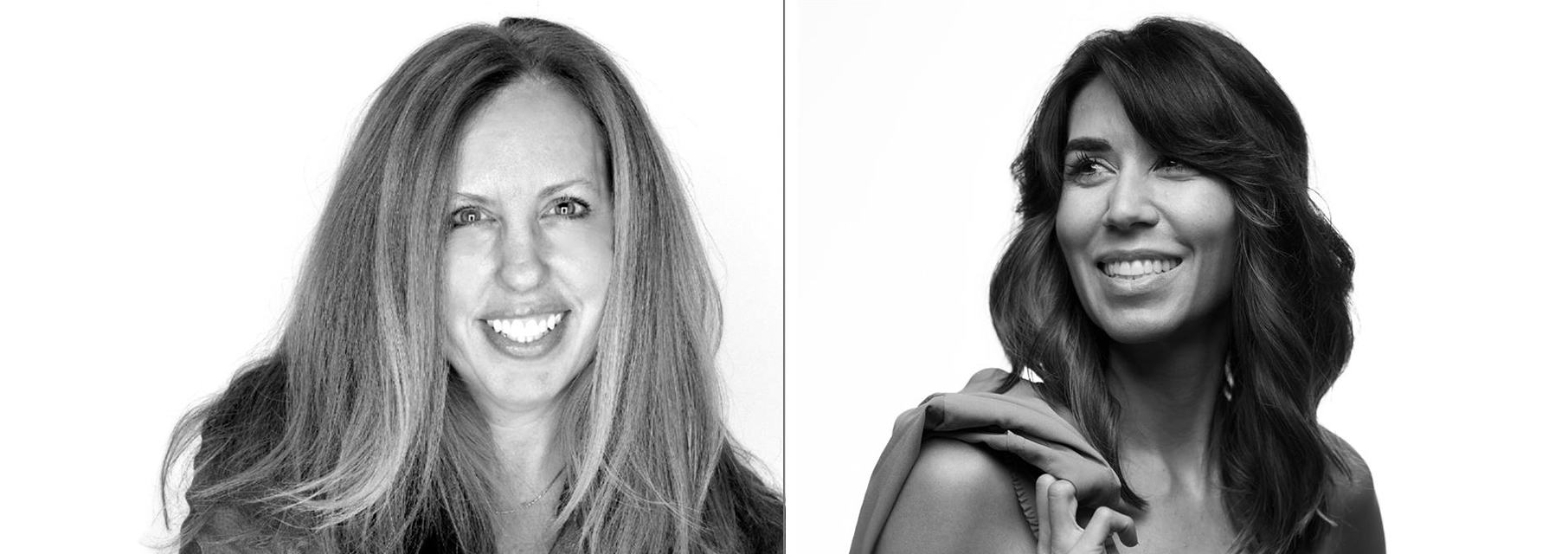This article originally appeared in Ad Age on May 22, 2023.
May is Mental Health Awareness Month. As passionate as I am about the topic, I’m full of anxiety and self-doubt about sharing my experience here. I’m a designer, not a writer—and no expert. Who wants to hear what I have to say about mental health? And if I’m being honest, I’m not at the peak of mental health performance right now.
As I write this, I’m spending my wedding anniversary processing divorce documents. The irony is not lost on me. Eight years ago, two weeks after my wedding day, I was diagnosed with Multiple Sclerosis. That diagnosis—combined with work burnout and stress in general finally taking their toll—is what kicked off my journey of prioritizing holistic health. In my search for answers, I’ve gathered simple tools that have helped me grow and maintain my sanity.
Self-care isn’t optional and it isn’t one-dimensional. In design, everything is connected and depends on each other to function and flourish. Purpose, emphasis, balance, alignment, contrast, repetition, proportion, movement and white space are all crucial to good design. Diet, lifestyle, sleep and environmental factors work in much the same way when it comes to managing mental health. When even one pillar of health is out of whack, it keeps the whole from working as it should. This is why creating a holistic approach to well-being is necessary—in life and design.
Here are some tools from design that have helped me, and I hope help you.
CREATING WHITE SPACE HELPS THE GOOD STUFF STAND OUT
Visual clutter can cause confusion; the same goes for mental clutter. How can we find ways to manage? As designers and advertisers, we aren’t just pushing products. We’re selling identities and personas—attaching emotions to brands. However, by doing this, we’ve unintentionally helped create a society addicted to filling voids with stuff. Clutter is everywhere in our spaces and in our minds.
Take time to be more mindful to clear it out. Feel the sunshine. Take a long walk. Be still and take in the quiet moments. That’s the good stuff.
MOVEMENT, REPETITION AND RHYTHM ARE KEY TO SET “THE MOOD”
This is true for design and mental health. Joseph Pilates said, “Physical fitness is the first requisite of happiness.” A physical routine or outlet is fundamental for managing our mental state. It’s basic, but also so necessary to feel sane. A healthy mind lives in a healthy body. I have been lucky to find some peace with Pilates. I often joke that it’s my church and therapy. I go to class when good or bad things hit and undoubtedly always feel better.
Go find your happy place to get moving and keep going until it’s part of your daily rhythm.
FINDING EMPHASIS AND PURPOSE CREATES FOCUS
Order and meaning are the bones of design. The same principles can apply to finding meaning in life. Purpose is often paired with pain. My circumstance was no different. My MS diagnosis, as difficult as it is, was also a gift. It’s because of this diagnosis that I found my path to wellness—and to a greater purpose. For the last eight years, I’ve been symptom-free. My focus on nutrition and regular exercise played a huge role. Seeing the results, and truly understanding how interconnected everything is, propelled me to become a health coach and start a grassroots mental health initiative.
I now know that my higher purpose is to help inspire wellness. But when I started this journey, I didn’t know this and was terrified. I’ve been forced to wrestle with big questions whenever my life has felt upside down. And I invite you to do the same to guide your way. Who are you? Who do you want to be? What is important to you? What drives and motivates your behaviors? Where are you putting your energy? Why are you here? What is your North Star?
LASTLY, LIFE IS A WORK IN PROGRESS, AND THAT’S OK
Mental health is an ongoing practice, not an achievement. Our emotional state is constantly in flux. There’s always a next best and worst thing looming around the corridor of life—it’s a lot. Life is difficult, but it gets easier through practice, dedication and sometimes happy accidents.
If we can learn the lessons from the messy artboard of life and be grateful for them, all the hardship is worth it. And I wouldn’t control Z a single thing. Here’s to designing a life you love despite the pain, heartbreaks and all the other challenges that may come spiraling your way.







